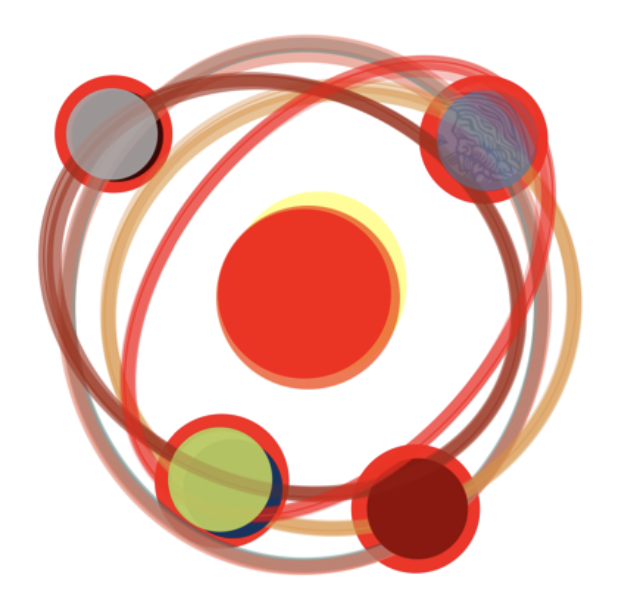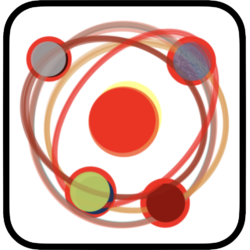 The advent of the computer has undeniably altered the world we live in, and the digital transformation has long been in the making. On an abstract level, computers are machines that alter the states of their many constituents following a precise prescription, states that can take the values one or zero only. But what if these individual constituents were to be replaced by single systems following fundamentally different physical laws, those of quantum theory? Such constituents can take states that correspond to many different values at the same time, can be in intricate superpositions, and feature correlations stronger than attainable in the classical world.
The advent of the computer has undeniably altered the world we live in, and the digital transformation has long been in the making. On an abstract level, computers are machines that alter the states of their many constituents following a precise prescription, states that can take the values one or zero only. But what if these individual constituents were to be replaced by single systems following fundamentally different physical laws, those of quantum theory? Such constituents can take states that correspond to many different values at the same time, can be in intricate superpositions, and feature correlations stronger than attainable in the classical world.
 Such a quantum computer, it soon became clear, could indeed solve some computational problems intractable even on the fastest classical supercomputers: The latter would just take too long to perform the computation. The fascinating idea that the underlying physical theory has such profound implications for the computational power of a device has ever since been a highly stimulating conceptual idea.
Such a quantum computer, it soon became clear, could indeed solve some computational problems intractable even on the fastest classical supercomputers: The latter would just take too long to perform the computation. The fascinating idea that the underlying physical theory has such profound implications for the computational power of a device has ever since been a highly stimulating conceptual idea.
It was only rather recently that technological advances allowed quantum computers to be built: Still noisy, still rather small with 50-100 constituents, but already at the verge of outperforming even the fastest supercomputers on paradigmatic problems. That said, a lot of structure seems to be necessary to realistically expect quantum advantages, so a quantum computer is not expected to be a device that just speeds up a vast number of industrially relevant computational problems. This creates a highly fascinating situation. Pressing questions are:
- What is the precise computational power of such quantum computers?
- For what specific problems do they offer significant speedups?
- Can one gain new insights into quantum chemistry and high energy physics?
- Would animproved solution of combinatorical problems be within reach, with potentially far-reaching and economically viable consequences?
- Is progress inquantum-assisted machine learning possible, again with potentially significant implications?
- And technologically speaking, how can we devise newintegrated or distributed computational building blocks with quantum optical means?
These are profound, but extraordinarily difficult questions, questions that can only be comprehensively tackled if serious interdisciplinary method development is pursued.
